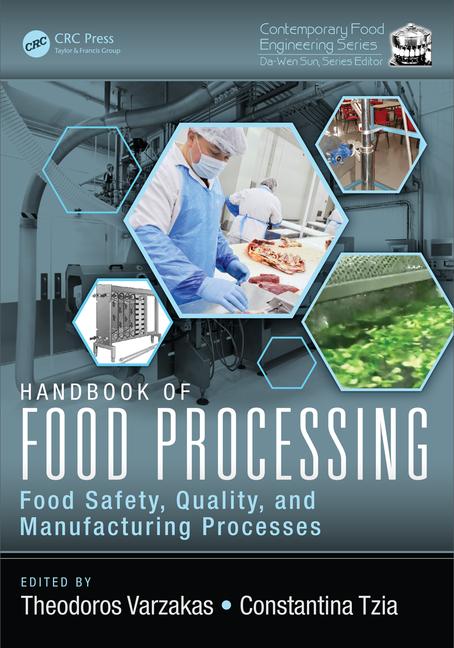The FDA Food Safety Modernization Act (FSMA), what’s being called the most sweeping reform of the U.S. food safety laws in more than 70 years, signed into law last January 4, aims to ensure the U.S. food supply is safe by shifting the focus from responding to contamination to preventing it.
In the first year since the FSMA was signed into law, the FDA says it has made significant progress laying the foundation for a food safety system that is grounded in prevention from farm-to-table. “The strong support and active engagement from industry, consumers and government partners have informed the agency's thinking and actions,” states the agency on its website. “We are confident that the implementation of this law, and strong collaboration with our partners, will reduce the risk of foodborne illness and will ensure the overall safety of foods, both domestic and imported.”
Briefly, what the FDA has accomplished to date: Issued interim final rules on criteria for administrative detention and used this authority three times; issued interim final rules on prior notice of imported food; Issued guidance to the seafood industry on food safety hazards and to the dietary supplement industry regarding new dietary ingredients; Conducted extensive domestic and foreign outreach to all stakeholders to receive input in developing the proposed preventive control rules; Established the Produce Safety Alliance and the Food Safety Preventive Controls Alliance; Met the FSMA mandate for foreign food safety inspections, and is well on its way to meeting the five-year inspection frequency mandate for high-risk domestic food facilities; Continued to build state/federal and global partnerships.
The FDA also says during the first year of FSMA, it has completed a number initial implementation steps, including the launch of a more consumer-friendly web search engine for recalls on the FDA website.
Among the many other actions the FDA carried out, it launched product tracing pilots, announcing that the Institute of Food Technologists (IFT) will carry out two new pilot projects aimed at enhancing the agency’s and the industry’s ability to trace products responsible for foodborne illness outbreaks. Participating in more than 350 meetings with industry leaders, farmers, consumers, public officials and academics, the agency also held three public meetings on preventive controls, import provisions and changes to inspection and compliance programs in a preventive controls environment. It established an agreement with the U.S. Department of Agriculture and the National Institute of Food and Agriculture to collaborate on creating a competitive grant program for food safety training and other projects.
A first-annual report on food facilities, food imports and FDA foreign offices was submitted to Congress, as well as the “Biennial Report to Congress on the Food Emergency Response Network (FERN).” Set to meet mandates for domestic inspections, the FDA says the FSMA mandate is based on a 5-year time period. In the past year, the agency has defined its high risk and non-high risk domestic food facility inventories and in FY2011, the FDA and its state partners conducted more than 20,000 food facility inspections.
Source: www.fda.gov, www.fooodnavigator-usa.com







